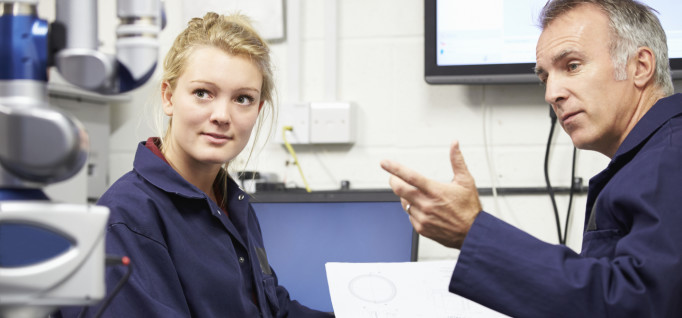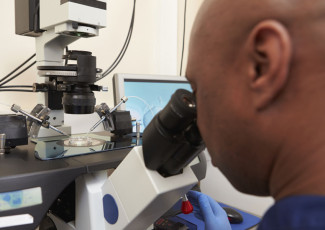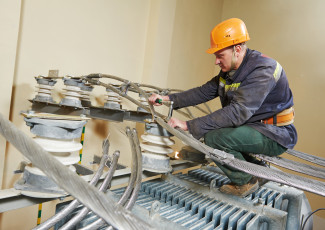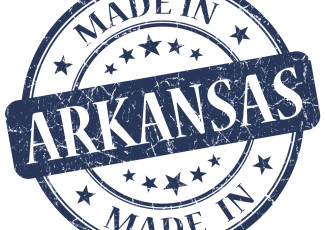Importing Lessons of Florida TRADE to Your College
By Heather Boerner
May 19, 2015
In Florida, 13 state colleges are part of a grant program that is helping to close the skills gap. Here’s what you can learn from its success.
At Broward College, in Florida, closing the skills gap takes a village — or at least the public and private components of one.
“It becomes a community effort,” says Robin Swanson, program manager for the Florida TRADE Program at Broward. “We have a strong partnership with vocational schools that have machining and welding programs. We engage with cities and partner with community organizations.”
Perhaps most importantly, Broward College partners with the local manufacturing association as part of the Florida Transforming Resources for Accelerated Degrees and Employment (TRADE) program, a grant program spending $15 million statewide to move 1,000 Floridians into advanced manufacturing jobs by this time next year. Broward College is one of 13 state colleges and universities selected for the program as part of the Florida TRADE Consortium.
About Florida TRADE
In the past three years, the grant has allowed member colleges to offer training programs at reduced rates to students, incumbent workers, veterans and displaced workers. At Broward, that means:
- Online Manufacturing Essentials certification
- OSHA 30 General Industry training
- Engineering Technology associate degrees that qualify students for entry-level jobs in advanced manufacturing
It also means job-readiness training, including resume writing, interview coaching, internships and other such programs to help make enrollees not only technically qualified but also attractive to employers. A statewide job fair by Florida TRADE brought together 25 companies and more than 200 job seekers who were all registered with local workforce development boards to track who was hired and who was not. That’s how it will know it has reached the 1,000 goal by May 2016.
“The idea was to help make a direct connection between job seeker and employer, with the ultimate goal to track where they go,” Swanson says. “It will also highlight the benefits of our credentials.”
Bringing Florida TRADE Home
But what if you don’t have $15 million to close the skills gap, or a commitment from manufacturers to hire your graduates? Swanson and Miguel Angel Garcia, who manages the Florida TRADE grant program at Hillsborough Community College, say you can still learn from their experience. It starts with forging a relationship with the local manufacturing association. From there, consider these approaches:
Bring students and manufacturers together
As part of Broward’s workplace-readiness program, TRADE trainees had access to five workplace-readiness workshops, including resume writing, interviewing, project management and an employer forum. TRADE-participating manufacturers came to campus to take part in the workshops. The result has been a boost in networking that could lead to a job, says Swanson.
Likewise, Swanson has brought students on plant tours and to local manufacturing trade shows and award events. All this was possible, she says, as part of a close relationship with the South Florida Manufacturing Association.
“For anyone who doesn’t have a grant, the most important thing to do is to establish a partnership with the local manufacturing association,” she says.
Start early
The second a potential TRADE trainee walks through his door at Hillsborough Community College, Garcia asks for a resume.
“That way, I can start marketing their resume, to show it to an employer even before they start our program,” he says. “They might tell me, ‘She has to work on this,’ or ‘She’s got good professional experience in that.’ That way, I have feedback and a feeling for how that person can be placed.”
Manufacture a summer camp
Many of Garcia’s TRADE trainees worked for years in the wrong job before coming back for retraining. So he’s trying to catch workers young. This summer, Garcia’s planning to run a “CPT Summer Camp,” to train at least 20 graduating high school students in his area as certified production technicians.
Fold workforce training into academics
The relationship with the college won’t end when the grant does. Instead, both Swanson and Garcia are using their interaction with TRADE trainees to encourage them to think bigger about their careers.
Memories of past negative workforce experiences can be modified by a positive experience with workforce training, says Swanson. Many students realize they are cut out for continuing education after all. That will serve workers and employers as technology continues to change. But it serves the college, too, said Garcia.
“What happens if that person [who received workforce training] all of a sudden decides to finish a two-year degree?” he asks. “Now I am working on the enrichment side of the house. Now I’m transferring funds or creating revenue not just on the workforce side but on the student side of the house. That’s how you create a model that I think will serve workers in the future.”










